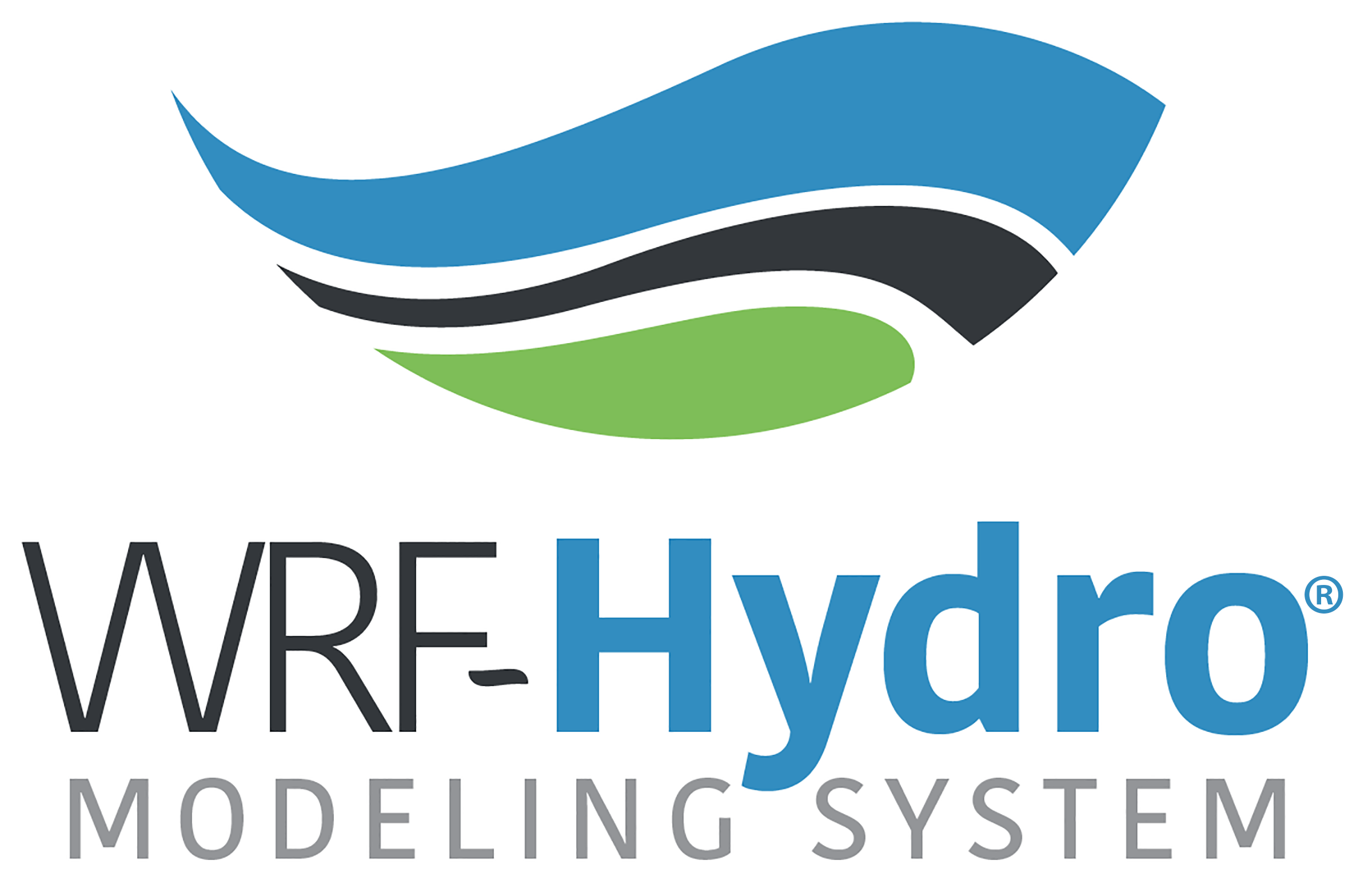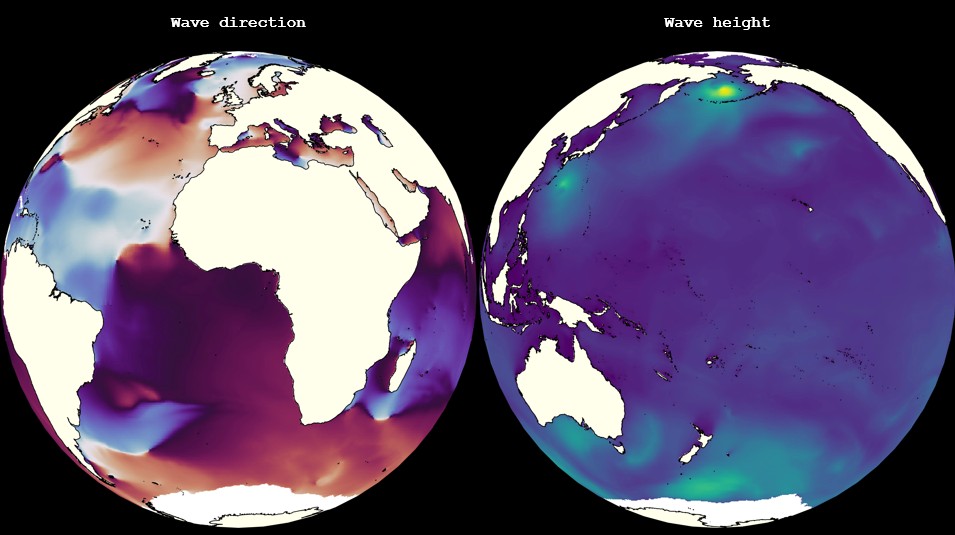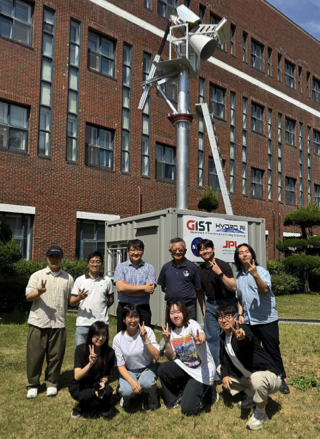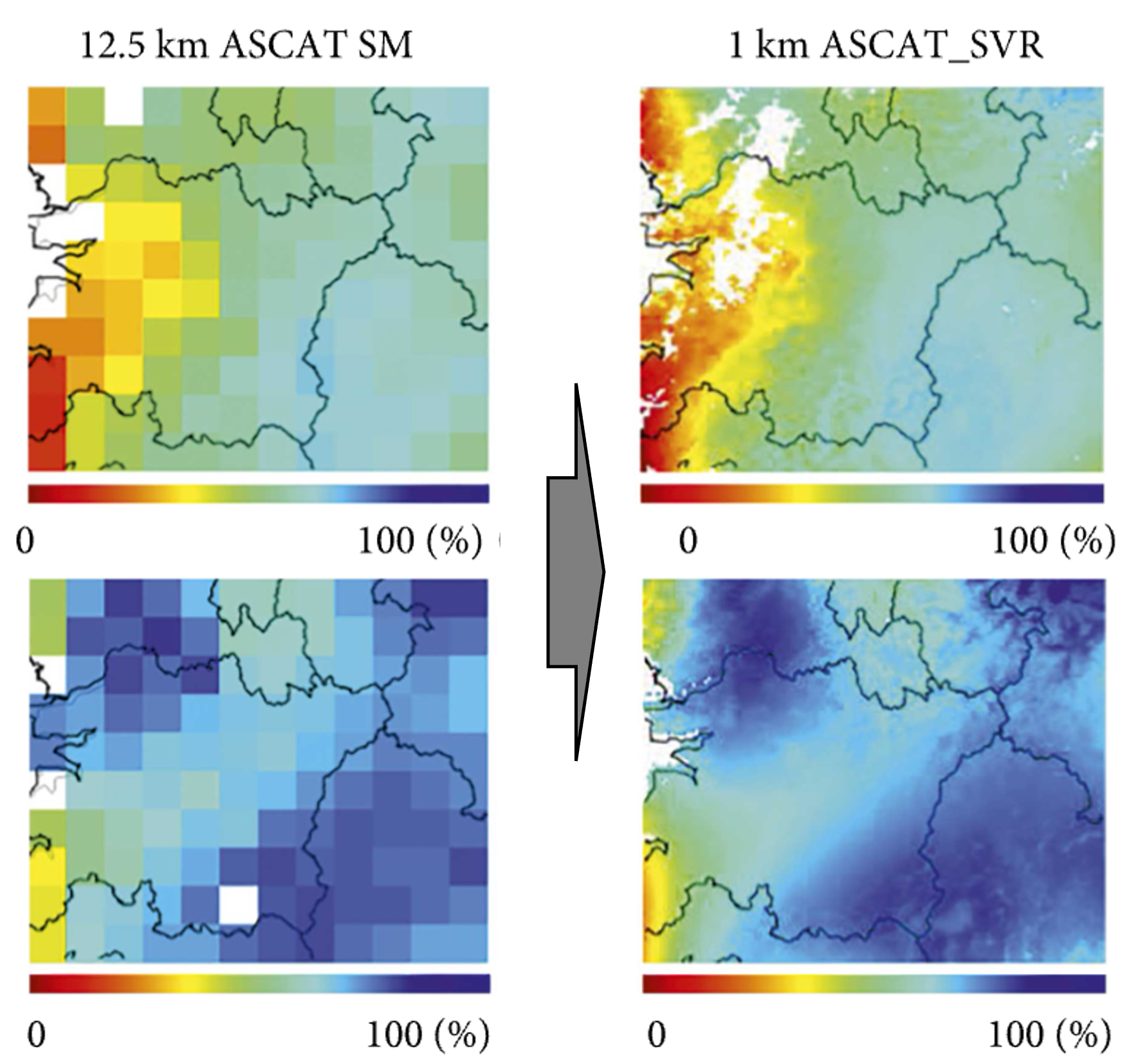ELBARA-III, an abbreviation of European Space Agency (ESA) L-Band Radiometer, is a radiometer running in L-Band, which has a frequency around 1.4 GHz. The radiometer is used in a rotating radiometer tower, which can be divided into 3 parts. The biggest and also the lowest part, will have a container box. There, it will include various instruments for soil sampling, including oven for soil oven drying method. The drying process is needed for retrieving electro conductivity (EC) value for dried soil, as well as bulk density, which is needed to calculate porosity. These variables are input variables on soil moisture retrieval model, along with brightness temperature (TB) value retrieved from the radiometer.

The middle part will be the frame of connecting the radiometer and container box, since the radiometer should be located around 8m above the surface to have an enough altitude. When the altitude of the radiometer changes, then the range of area to detect TB value from the radiometer also changes.
Finally the top part, the radiometer part will have an ELBARA-III radiometer, as well as a rotating frame. By this, it will be possible to retrieve TB value from 360 degrees, regardless of direction on the ground, and also it is possible to change the incidence angle of the radiometer. In the research, the incidence angle will be fixed to 40 degrees, coinciding with soil moisture satellite missions such as Soil Moisture Active Passive (SMAP) or Soil Moisture and Ocean Salinity (SMOS).
Not only ELBARA-III will be attached to the radiometer tower. Portable L-Band Radiometer will be also attached on the tower, which is a plate-shaped portable radiometer. Having the same incidence angle with ELBARA-III, another radiometer will enhance the data quality for the retrieval process.
The radiometer tower will be installed in the middle of the research site, which will have various types of vegetation. There will be 4 sections of zone, each zone having different types of vegetation. By this, the retrieval process will validate with different vegetation, aiding to enhance the performance of the retrieval model.
Not only the radiometer tower is running on the site. As mentioned before, PoLRa will be also attached on the drone, to enable retrieving TB value along with different rice paddies in the region. With drone flight, it will be possible to retrieve soil moisture of a vast range of areas in a short time, which will increase the amount of input data in the model.

Fig. (a) briefly shows the concept of the full site network, with the rotating tower at the middle and different types of vegetations nearby. Fig. (b) is the actual image of a radiometer tower, which is not yet deployed in the research area. Fig. (c) shows the concept image of the radiometer tower design. The pink box is the ELBARA-III part, the frame part in the middle, and the container part at the bottom. Fig. (d) shows the magnified image of ELBARA-III part, with L-band radiometer attached on the top of ELBARA-III. Also bottom image of Fig. (d) shows the drone-based radiometer, which also uses PoLRa. Fig. (e) shows the ELBARA-III radiometer, showing the purple box part of Fig. (d).

















